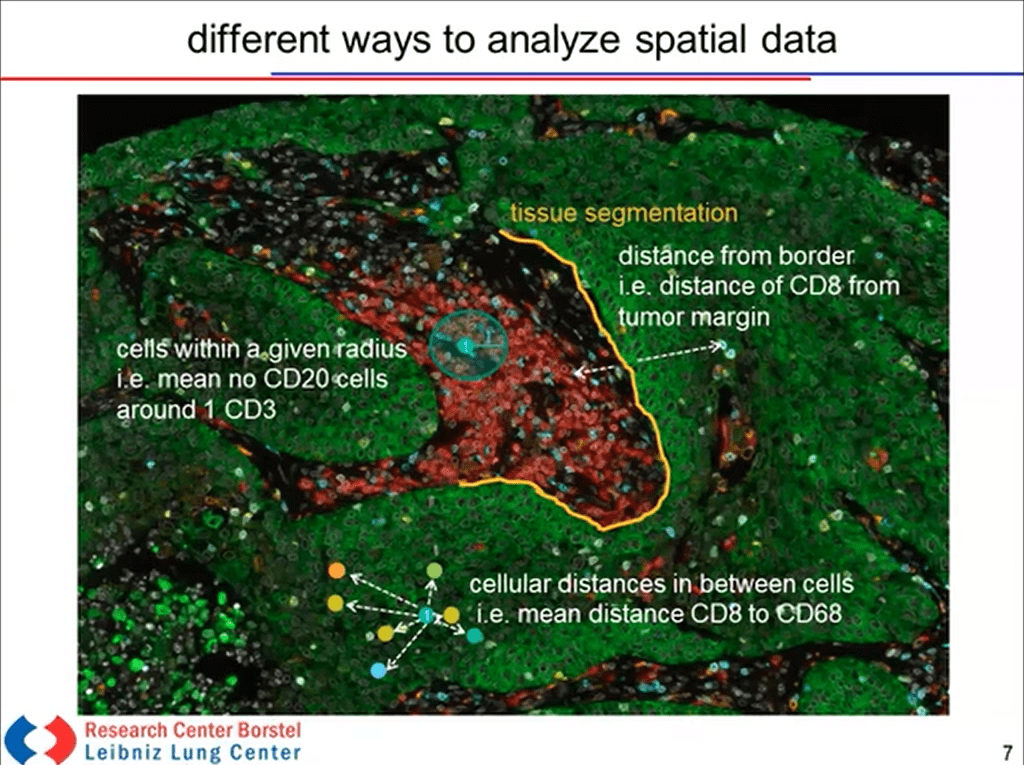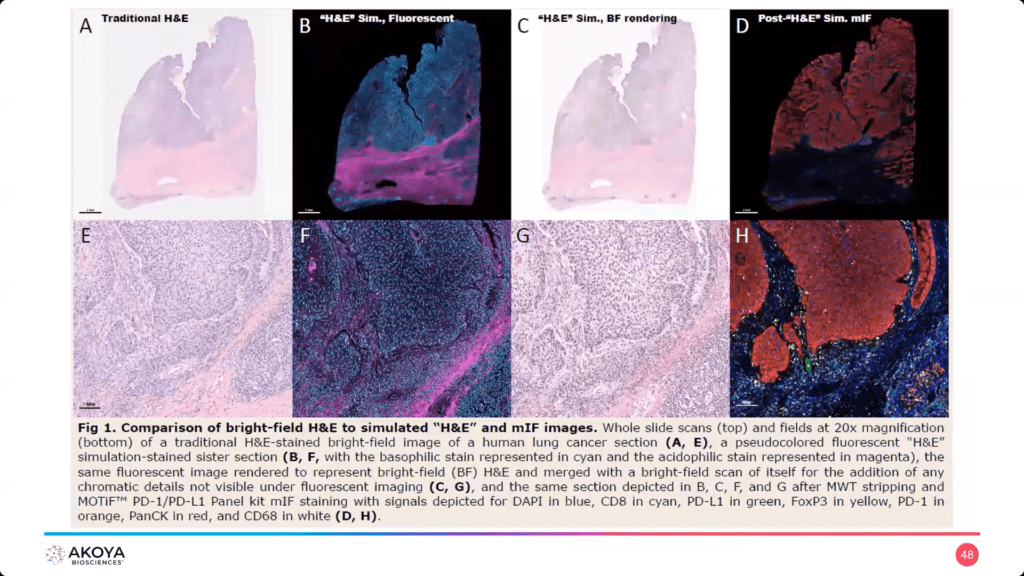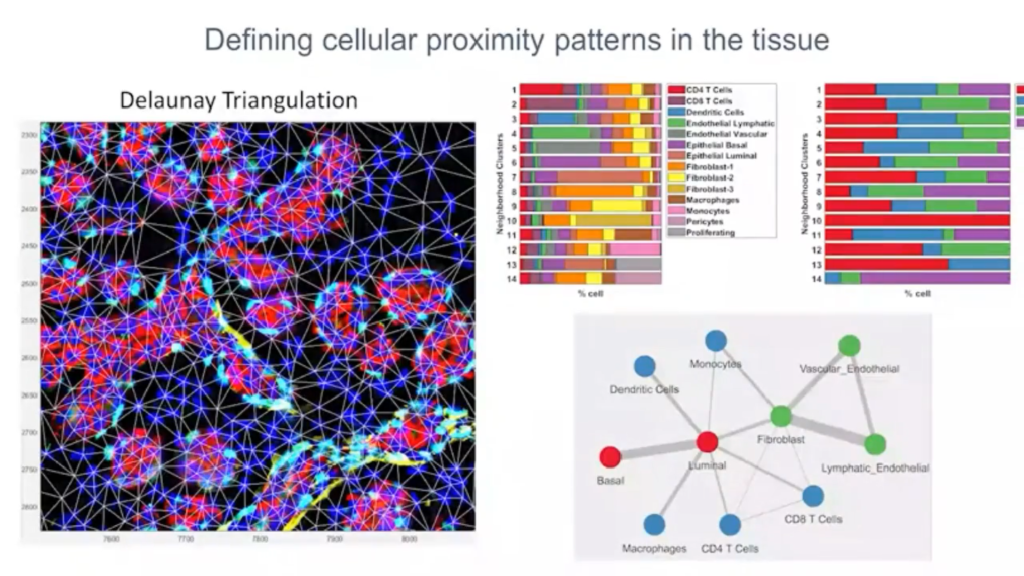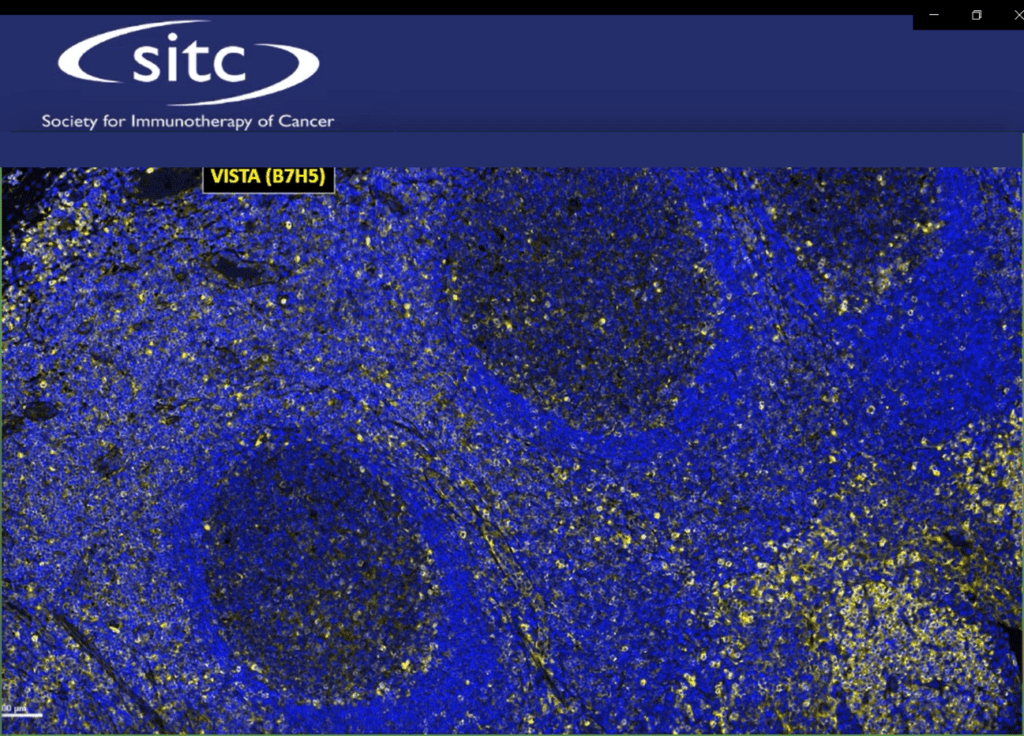In this talk, Dr. Alexander “Sandy” Borowsky will share preliminary results of an ongoing biomarker discovery study on breast cancer cohorts, including those participating in the I-SPY 2 trial, and how the in situ analysis of the tumor microenvironment is critical to understanding immunotherapy response. The I-SPY 2 trial: Neoadjuvant and Personalized Adaptive Novel Agents to Treat Breast Cancer was launched by UCSF in collaboration with a private-public partnership to improve efficiency of breast cancer clinical trials and streamline the development of new drugs. Breast cancers, overall, infrequently respond to immunotherapy. And immunotherapies, which harness the immune system to fight cancer, are being used in the early high-risk treatment setting. However, individual tumors show dramatic variation in patterns of the tumor immune microenvironment (TIME) with both immune “cold” and inflamed phenotypes. We hypothesized that the TIME pattern might predict responses to immunotherapy and/or prognosis/outcomes. We examined the TIME of high-risk invasive breast cancer and high-risk non-invasive ductal carcinoma in situ (DCIS), hypothesizing that immune evasion might be one of the critical steps in progression of DCIS to invasive carcinoma. Leveraging current clinical trials, we have performed gene expression analyses (bulk) and multiplexed-immunohistochemistry (mIHC). We have optimized two 7-color assay panels using the Opal detection and artificial intelligence-assisted image analysis to provide specific cell segmented assignment of location and applied proximity analyses for cell-cell interaction assessment. These data show distinct differences in the TIME and reveal predictions of early response.












